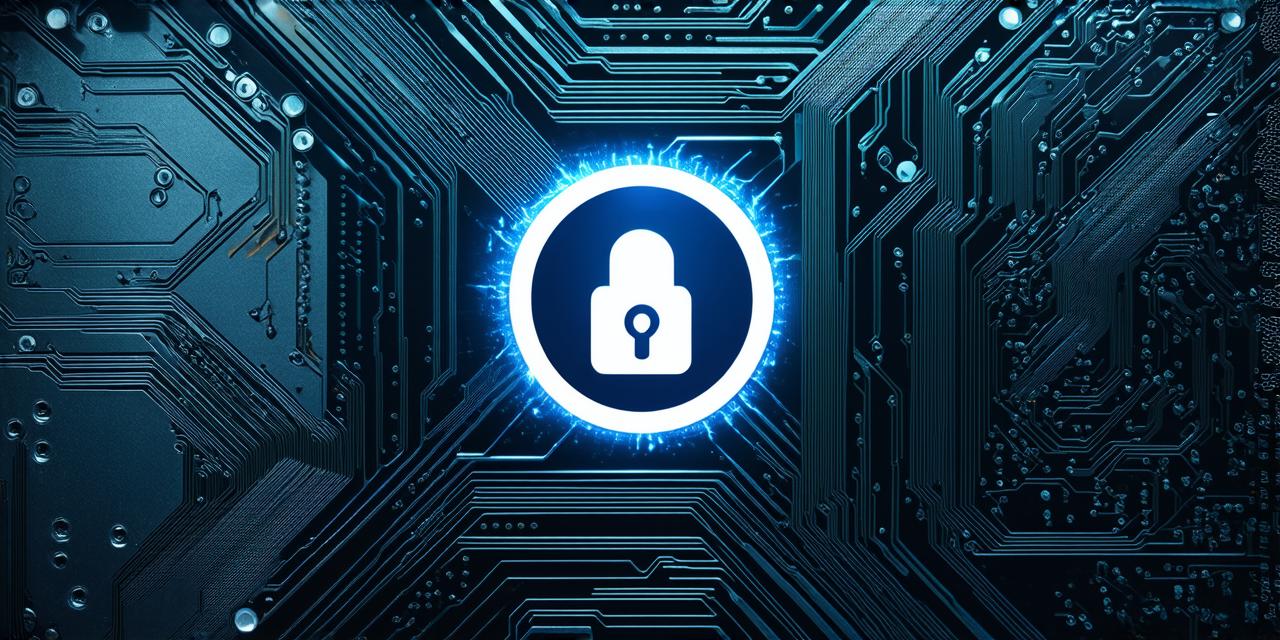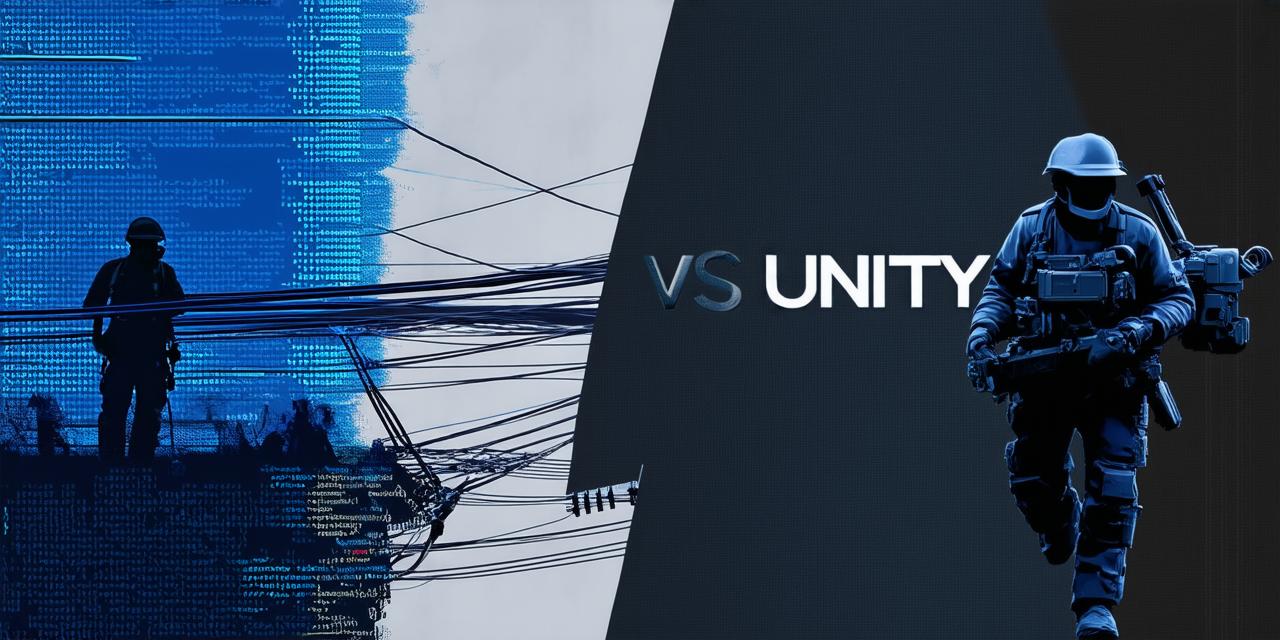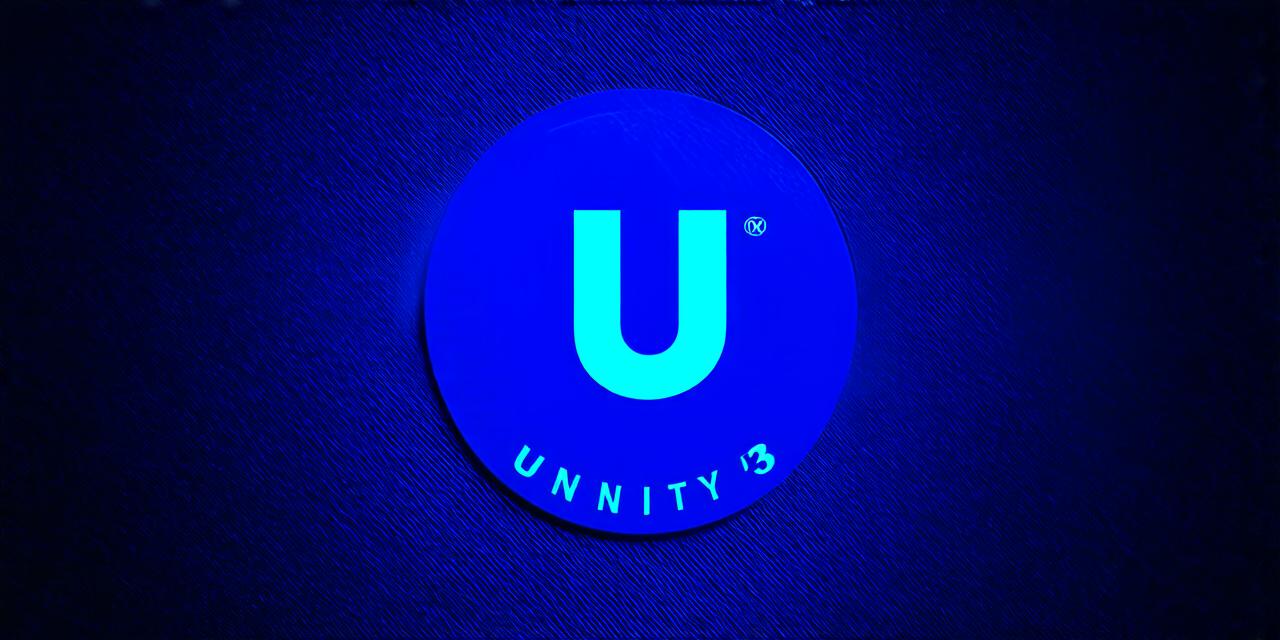Unity is a powerful game engine used by millions of developers worldwide. It offers an extensive range of features and tools that make it easy for game developers to create immersive gaming experiences. However, like any other software, Unity can be vulnerable to security risks and attacks if not used correctly.
Introduction:
Unity is a powerful game engine used by millions of developers worldwide. It offers an extensive range of features and tools that make it easy for game developers to create immersive gaming experiences. However, like any other software, Unity can be vulnerable to security risks and attacks if not used correctly.
Common Security Risks Associated with Unity:
1. Vulnerabilities in Third-Party Assets: Third-party assets are a common practice among game developers, as they can save time and effort by providing pre-built assets such as textures, animations, and scripts. However, these assets can also contain security vulnerabilities that can compromise the security of your Unity project. For example, if an asset contains malicious code or a backdoor, it can be used to gain unauthorized access to your game’s files or database.
2. Unsecured Network Communications: Unity games often involve network communication, such as online multiplayer modes and cloud-based services. If these communications are not properly secured, they can be intercepted or modified by attackers, resulting in data breaches or unauthorized access to sensitive information.
3. Insider Threats: Insider threats are a significant concern for any organization, including game development teams. Unity developers may intentionally or accidentally introduce vulnerabilities into the codebase, leaving the door open for attackers to exploit these weaknesses. It’s essential to implement strict access controls and monitoring tools to detect and prevent insider threats.
Best Practices to Mitigate Security Risks:
1. Use Trusted Assets: When using third-party assets in your Unity project, it’s crucial to use trusted sources and thoroughly vet the assets before integrating them into your codebase. This includes reviewing the asset’s code, checking for any known vulnerabilities or security issues, and ensuring that the asset has been regularly updated to address any security concerns.
2. Secure Network Communications: To secure network communications in Unity projects, developers should use encryption protocols such as SSL/TLS and implement secure authentication mechanisms such as OAuth or JSON Web Tokens (JWT). Additionally, developers should regularly monitor network traffic for suspicious activity and implement intrusion detection systems to detect and prevent attacks.

3. Implement Access Controls: To prevent insider threats, developers should implement strict access controls to limit the permissions of team members and ensure that only authorized individuals have access to sensitive information. This includes implementing role-based access control (RBAC) and regularly reviewing and updating access control policies.
4. Regularly Test for Vulnerabilities: Regularly testing your Unity project for vulnerabilities is crucial to identifying and addressing security issues before they can be exploited by attackers. Developers should use tools such as static analysis tools, dynamic analysis tools, and penetration testing to identify potential weaknesses in their codebase and address them promptly.
5. Keep Your Unity Engine and Tools Up-to-Date: Unity regularly releases security patches and updates to address known vulnerabilities and security issues. Developers should keep their Unity engine and tools up-to-date to ensure that they are protected against the latest threats. This includes regularly checking for security updates and installing them promptly.
Summary:
In conclusion, while Unity is a powerful game engine, it’s essential to take security seriously and implement best practices to mitigate security risks. By using trusted assets, securing network communications, implementing access controls, regularly testing for vulnerabilities, and keeping your Unity engine and tools up-to-date, developers can ensure that their projects are secure and protected against potential threats.




